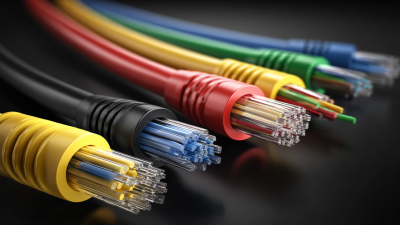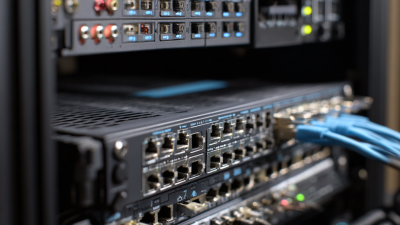Industries
Get direct access to our extensive portfolio of optical products and specialist technical expertise.
Get direct access to our extensive portfolio of optical products and specialist technical expertise.
In the rapidly evolving landscape of networking technology, the importance of selecting the right single mode fiber transceiver cannot be overstated. According to a report from MarketsandMarkets, the fiber optics market is projected to reach USD 12.9 billion by 2025, with a significant portion attributed to the increasing demand for high-speed connectivity solutions. As organizations seek to enhance their bandwidth capacity and ensure reliable data transmission over long distances, single mode fiber transceivers are becoming a cornerstone of modern networking infrastructures.
These transceivers are designed to operate with single mode fibers, which have a smaller core diameter that allows for greater distance coverage and higher data rates. Research by the International Telecommunications Union highlights that single mode fiber can support data rates exceeding 100 Gbps over distances up to 40 kilometers, making it an ideal choice for telecommunications, data centers, and enterprise networks. However, the selection process can be daunting given the variety of options available, each tailored to different networking requirements and performance metrics. Thus, understanding the unique characteristics and specifications of single mode fiber transceivers is essential for businesses aiming to optimize their network performance and future-proof their technological investments.
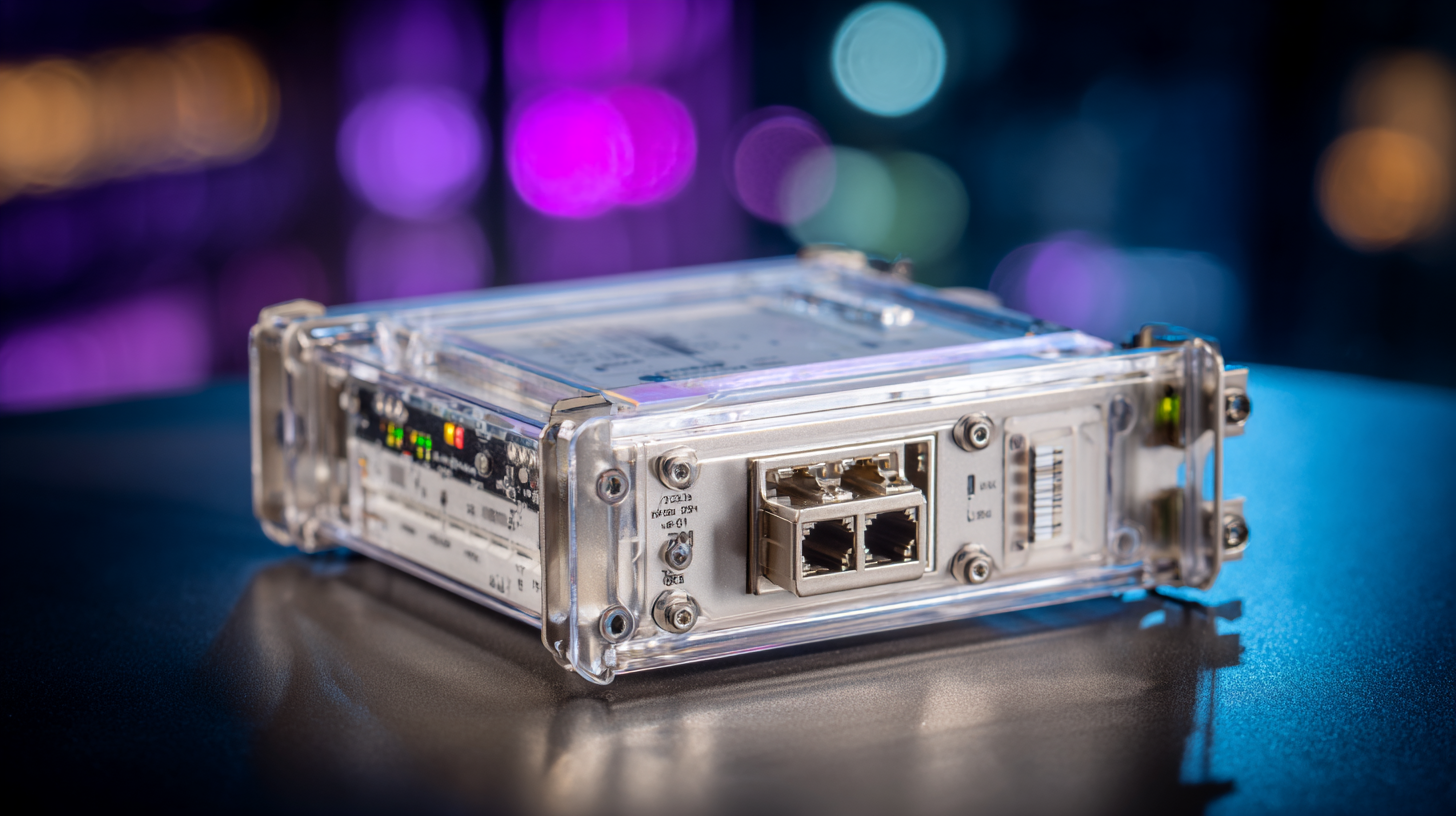
When selecting a single mode fiber transceiver for your networking needs in 2025, several key factors should be considered. Firstly, the compatibility with existing networking infrastructure is crucial. Ensure that the transceiver supports the specific protocols and standards used in your network to maximize performance and avoid connectivity issues. Additionally, evaluating the transmission distance is important, as single mode fibers are designed for long distances but can vary in specifications. Aim for a transceiver that meets your distance requirements while maintaining signal integrity.
Tips: Assess your future scalability requirements. Choose a transceiver that not only meets current needs but also allows for potential upgrades or expansions without significant overhauls to your system.
Another important aspect is the operating temperature range and environmental conditions where the transceiver will be deployed. Selecting units that can operate reliably in specific environmental factors can prevent operational failure and extend the lifespan of your components. Additionally, the choice between various form factors (such as SFP, SFP+, or QSFP) can impact the overall versatility and deployment options of your networking setup.
Tips: Research the latest advancements in technology, as AI and other innovations are transforming the optical transceiver market, making it essential to stay informed about emerging trends for effective decision-making.
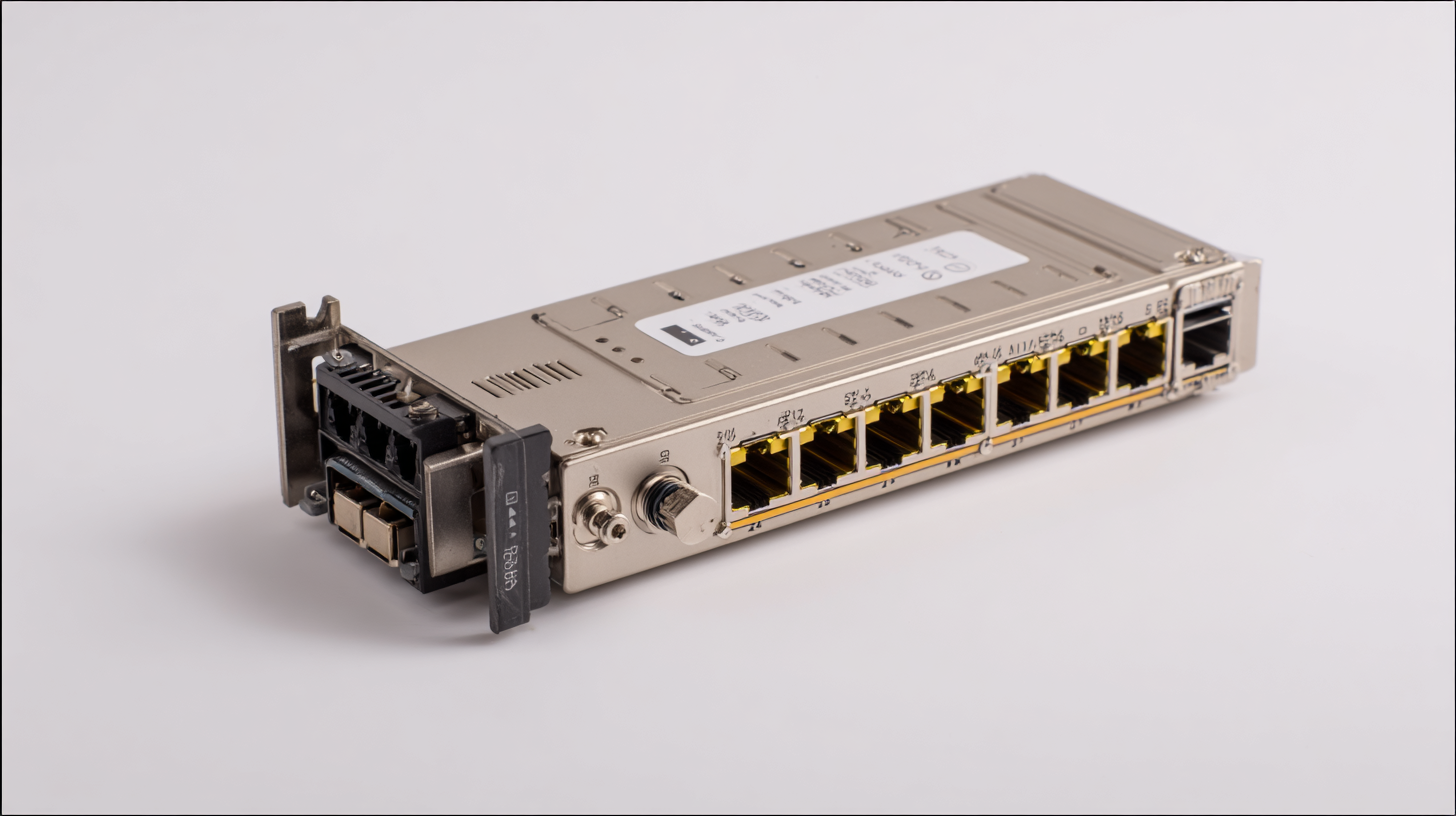
When selecting the right single-mode fiber transceiver for your networking needs, it's essential to understand the various types available and their specific applications. Single-mode fiber transceivers are crucial for high-speed data transmission in long-distance communication. In 2024, the global optical interconnect market is projected to reach $13.87 billion and is expected to grow significantly, hitting approximately $15.38 billion by 2025. This growth highlights the increasing demand for robust and efficient optical components.
Different types of single-mode fiber transceivers, such as SFP, SFP+, and XFP, offer varying performance levels and features tailored to specific networking environments. For instance, optical transceivers designed for AI and machine learning workloads have emerged as essential components in hyperscale data centers. The market for such transceivers is anticipated to balloon from $11.54 billion in the current year to about $47.64 billion by 2035, with a CAGR of 13.75%. Understanding these variations not only helps in making informed decisions but also in optimizing network efficiency for future technological advancements.
| Transceiver Type | Wavelength (nm) | Max Distance (km) | Data Rate (Gbps) | Application |
|---|---|---|---|---|
| SFP | 1310 | 10 | 1 | LAN, Data Center |
| SFP+ | 1310 | 40 | 10 | High-Speed Networking |
| SFP28 | 1310 | 70 | 25 | Data Centers, Enterprises |
| QSFP+ | 850 | 150 | 40 | High-bandwidth Switching |
| QSFP28 | 850 | 100 | 100 | Data Centers, Cloud Computing |
When selecting the right single mode fiber transceiver for your networking needs, evaluating key performance metrics is crucial. The bit rate is a primary consideration, as it determines the maximum data transmission speed of the transceiver. Higher bit rates allow for more data to be sent simultaneously, making them ideal for environments with high traffic demands. Common options include speeds of 1 Gbps, 10 Gbps, and even up to 400 Gbps for high-capacity networks. Assessing the required bit rate for your applications will help in making an informed choice.
Distance is another vital metric to consider, as it influences the effective range of your network. Single mode fiber transceivers are designed for long-distance transmission, often reaching up to tens of kilometers with minimal signal loss. Depending on your network layout, it’s essential to select a transceiver that meets your distance requirements without compromising on quality. Lastly, latency plays a critical role in determining the responsiveness of your network. Lower latency transceivers enhance performance in applications where real-time data transfer is essential, such as in financial transactions or live video streaming. Overall, these performance metrics should guide your decision-making process in choosing the right single mode fiber transceiver.
This chart illustrates the performance metrics of various single mode fiber transceivers, comparing their bit rate, distance, and latency. Each transceiver demonstrates unique capabilities, helping network professionals to choose the right one for their needs.
When considering the investment in single mode fiber transceivers, a thorough cost vs. benefit analysis is essential. According to a report by the Fiber Optic Industry Association (FOIA), the demand for single mode fiber connectivity is projected to grow by 12% annually through 2025. This growth highlights the importance of choosing high-quality transceivers that can support evolving networking demands, particularly as businesses shift towards higher bandwidth applications.
High-quality single mode fiber transceivers may come with a higher upfront cost, yet their longevity and reliability provide substantial long-term savings. The International Telecommunication Union (ITU) reports that organizations utilizing premium-grade components experience 30% less downtime compared to those that opt for lower-cost alternatives. This reduction in downtime directly translates to increased productivity and profitability. Additionally, investing in future-proof technology, such as transceivers capable of supporting faster speeds and longer distances, ensures your infrastructure remains competitive in a rapidly advancing digital landscape. Thus, while the initial investment may seem steep, the long-term benefits of enhanced performance and reduced operational costs make high-quality single mode fiber transceivers a wise investment for any business aiming for sustainability and growth.
The landscape of networking continues to evolve rapidly, with single mode fiber technology leading the way in providing faster and more reliable connections. One of the key trends is the development of transceivers that support higher data rates and longer transmission distances. Innovations, such as integrated photonic circuits and advanced modulation formats, are making it possible to achieve speeds of 400G and beyond, pushing the boundaries of what is possible in networking infrastructure.
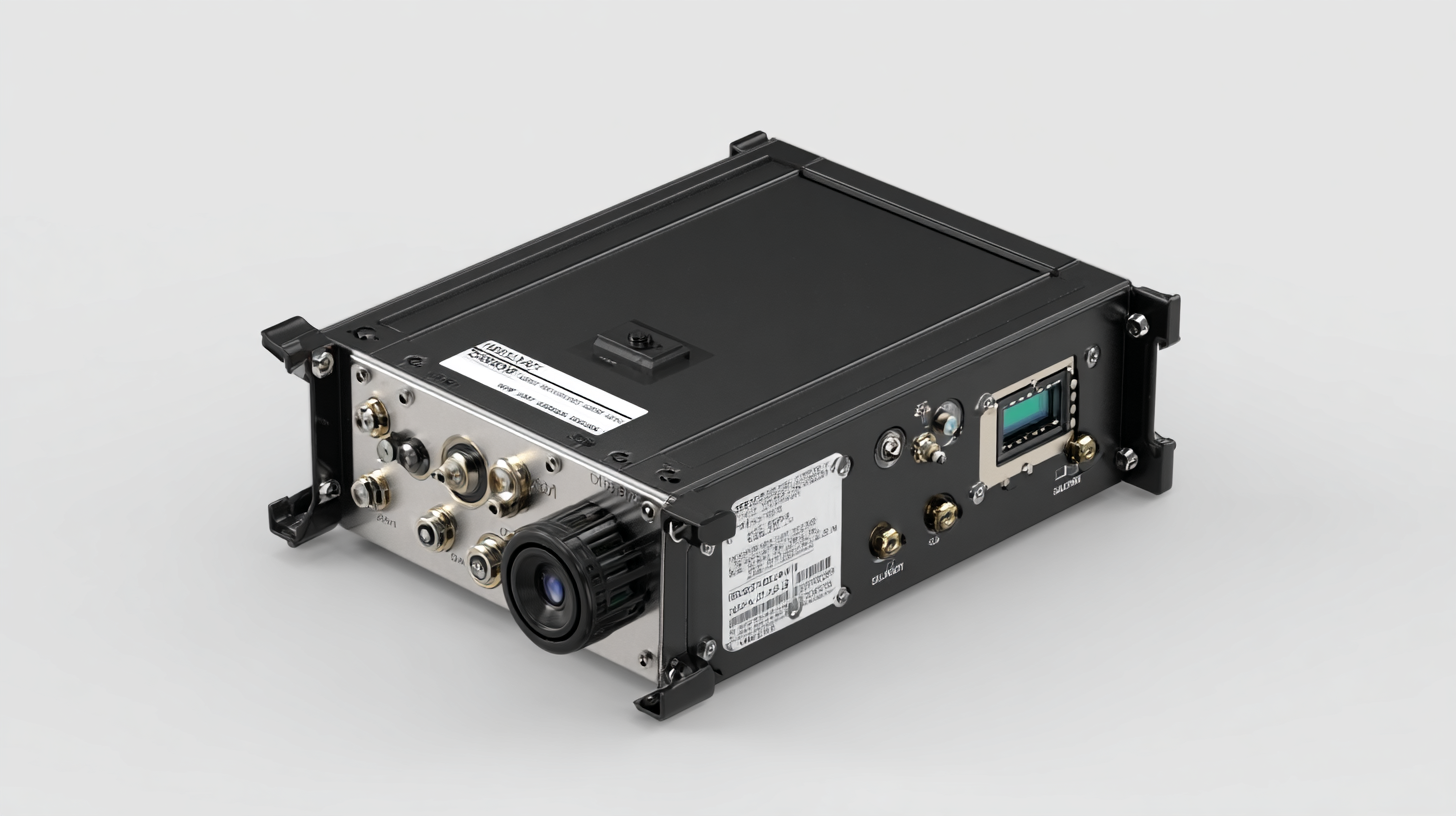
Moreover, the growing demand for data-driven applications, including cloud computing and IoT, has sparked an increased focus on energy efficiency and sustainability in fiber technology. New transceivers are designed to consume less power while maintaining high performance, directly addressing environmental concerns and operational costs. As organizations seek to future-proof their networks, understanding these industry trends and innovations will be crucial in selecting the right single mode fiber transceiver that not only meets current needs but also anticipates future demands and challenges.



